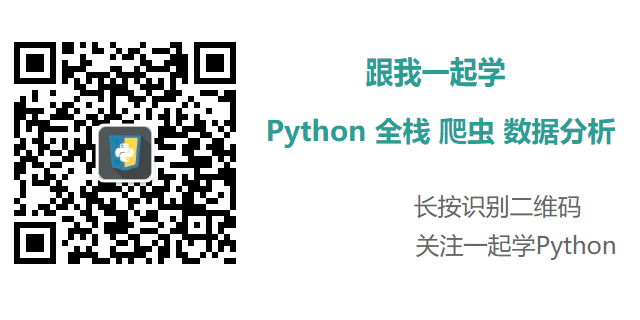作者:Rockets马丁 | 来源:互联网 | 2023-10-13 11:24
题目描述实现一个Trie(前缀树),包含insert,search,和startsWith这三个操作。示例TrietrienewTrie();trie.insert(&am
题目描述
实现一个 Trie (前缀树),包含 insert, search, 和 startsWith 这三个操作。
示例
Trie trie = new Trie();
trie.insert("apple");
trie.search("apple"); // 返回 true
trie.search("app"); // 返回 false
trie.startsWith("app"); // 返回 true
trie.insert("app");
trie.search("app"); // 返回 true
说明:
- 你可以假设所有的输入都是由小写字母 a-z 构成的。
- 保证所有输入均为非空字符串。
思路
基本结构
Trie 树,即字典树,又称单词查找树或键树,是一种树形结构,是一种哈希树的变种。典型应用是用于统计和排序大量的字符串(但不仅限于字符串),所以经常被搜索引擎系统用于文本词频统计。
它的优点是: 最大限度地减少无谓的字符串比较,查询效率比哈希表高。
Trie 的核心思想是空间换时间。利用字符串的公共前缀来降低查询时间的开销以达到提高效率的目的。

基本性质
- 根节点不包含字符,除根节点外每一个节点都只包含个字符。
- 从根节点到某一节点,路径上经过的字符连接起来,为该节点对应的字符串
- 每个节点的所有子节点包含的字符都不相同。
class Trie(object):
def __init__(self):
"""
Initialize your data structure here.
"""
self.root = {}
self.end_of_word = "#"
def insert(self, word):
"""
Inserts a word into the trie.
:type word: str
:rtype: None
"""
node = self.root
for char in word:
node = node.setdefault(char, {})
node[self.end_of_word] = self.end_of_word
def search(self, word):
"""
Returns if the word is in the trie.
:type word: str
:rtype: bool
"""
node = self.root
for char in word:
if char not in node:
return False
node = node[char]
return self.end_of_word in node
def startsWith(self, prefix):
"""
Returns if there is any word in the trie that starts with the given prefix.
:type prefix: str
:rtype: bool
"""
node = self.root
for char in prefix:
if char not in node:
return False
node = node[char]
return True
# Your Trie object will be instantiated and called as such:
# obj = Trie()
# obj.insert(word)
# param_2 = obj.search(word)
# param_3 = obj.startsWith(prefix)
GitHub地址:https://github.com/protea-ban/LeetCode
